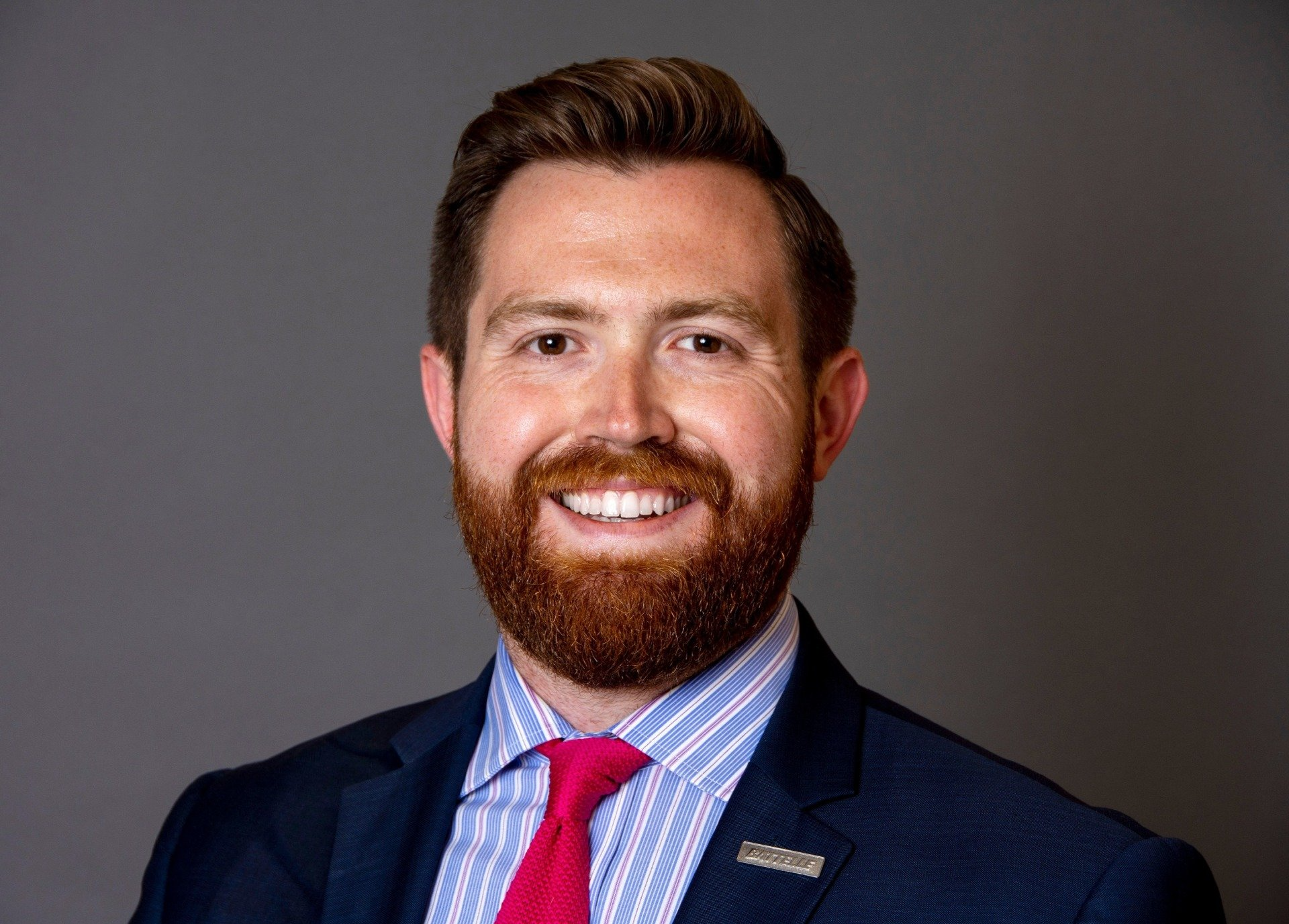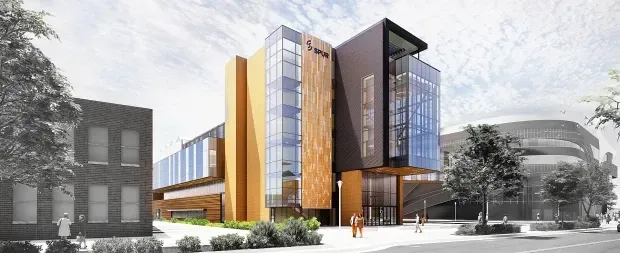Q: That is a lot to unpack. Let's start with the bipartisan infrastructure deal. What's the overall scope of the package? Any impacts on STEM education?
A:
The Bipartisan Infrastructure and Investment Jobs Act includes about $550 billion of new federal investment in America’s traditional “physical” infrastructure (roads, bridges, broadband, etc.) with a significant focus on creating union jobs, aiming to add 2 million jobs per year for the next decade. The bill includes a number of superlatives, with the single largest investments in public transit, passenger rail, and water infrastructure ever. Unfortunately, as this infrastructure package has been negotiated down from its original scope, the original $100 billion proposal for direct grants to overhaul school facilities was eliminated. That’s not to say there aren’t impacts for education or for STEM more broadly; in fact, the bill’s investment in broadband is a significant win for educators and students alike. With $65 billion to expand broadband access, an investment that builds on the dollars provided in the American Rescue Plan Act (ARPA), the administration’s goal is to ensure high-speed internet access for every American. Since it is estimated that 30 million Americans currently live in areas with no broadband infrastructure, this investment has been likened to the federal government’s effort to electrify the nation nearly a century ago.
Q: What about the budget resolution and reconciliation package?
A: Where the Bipartisan Infrastructure and Investment Jobs Act focuses on America’s “physical” infrastructure, the reconciliation package being pulled together by Senator Bernie Sanders focuses on America’s “human” infrastructure. Senator Sanders chairs the Senate Budget committee, and in that role, he oversees the passage of the Senate’s budget resolution, a unique and important legislative vehicle that can pass with the vote of a simple majority in a process called reconciliation. (If this sounds familiar, it’s because
I addressed it back in January). As mentioned previously, this unprecedented package is $3.5 trillion (with a T) and invests heavily in a number of progressive priorities, including:
- expanding Medicare,
- extending the child tax credit,
- establishing the first U.S. family and medical leave policy,
- investing in affordable housing,
- providing a pathway to citizenship for undocumented immigrants, and
- creating a new “Civilian Climate Corps.”
There could also be opportunities for investment in school construction that was cut from the infrastructure deal. The ambitious package comes with a hefty price tag, and will likely rely on significant individual and corporate tax increases for America’s top earners, while also closing certain tax loopholes benefiting the ultra-rich. The passage of the resolution hinges on the support of every Democrat in the Senate – something that is not yet guaranteed, with more conservative members of the caucus, like Senator Joe Manchin (D-WV), expressing concerns about some of the bill’s language on climate issues. It will also need to pass the House, where there is only a three-vote margin.
Q: What will be the focus when Congress returns from recess?
A: When Congress gets back in mid-September, they will have one priority: passing regular appropriations bills. Both chambers will have just under two-full weeks in session together before the end of the fiscal year, and they will be rushing to fulfill their duty to exercise their “power of the purse” before October 1st. The more appropriations bills they can finish before that deadline, the less work they will have to complete under the CR that they’re expected to pass. If you’ve been reading this blog for awhile, you know that CRs are part of a new normal for Congress. The question will be, how much time will they give themselves to finish the job? In years past, the work has been pushed into December, or even the new calendar year, as a result of mid-term elections, or long-lasting disagreements on significant spending bills (e.g. Defense, Homeland Security). Those two bills are likely to stand as the biggest roadblocks to bipartisan agreement moving forward, as questions on the topline number for Defense continue to rattle around the Senate, and immigration and border issues have caused the House’s Homeland Security measure to advance without the support of a single Republican.
While we wait for the Senate to act on their spending bills, please see the table below, which includes the FY22 House marks for STEM-relevant programs (the House passed their Labor-HHS-Education bill as part of a “minibus” on July 29th). With the exception of one account (NSF’s Education and Human Resources Directorate) the House met or exceeded the funding levels requested by the administration. Each account also saw an increase as compared to FY21’s enacted level.





